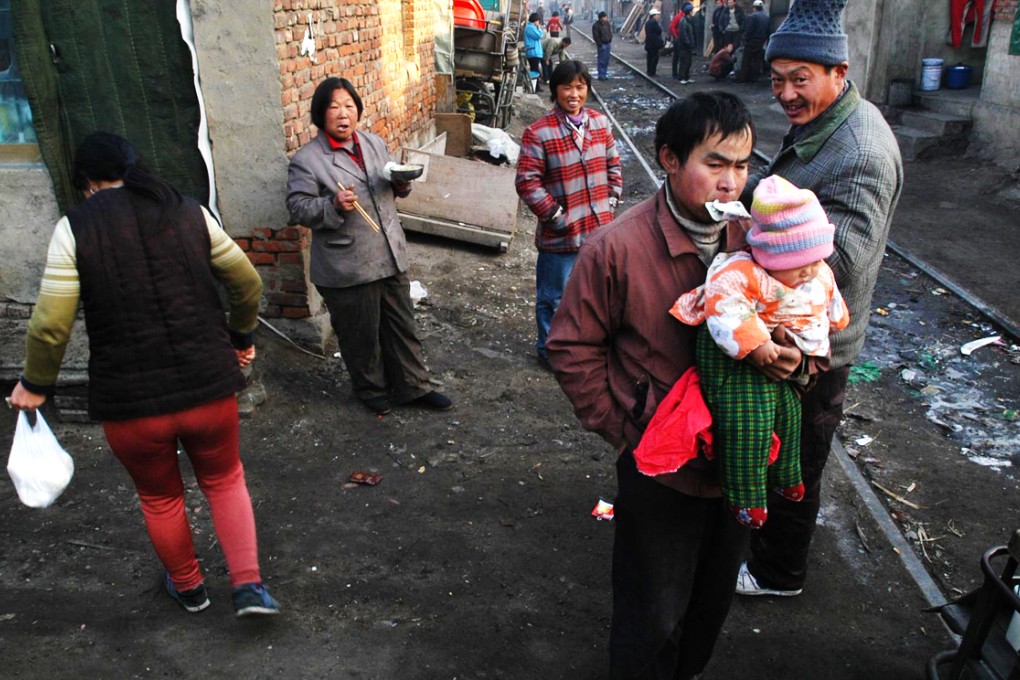And baby came too: more Chinese migrants take children with them, says report
When migrants leave the countryside for the cities, many more are taking their children with them - but public services are feeling the strain

Couples who leave the countryside for a better life in the city are increasingly taking their children with them, a report has found.

The "Development Report on China's Migrant Population 2014", released yesterday, found 62.5 per cent of migrant couples took children aged six to 15 with them to the cities last year, 5.2 percentage points more than in 2011.
More women of child-bearing age also chose to have babies in cities, the report said. More than 57 per cent of women stayed in cities during pregnancy, while nearly 60 per cent gave birth in cities, 5.9 percentage points and 7 percentage points higher respectively than in 2011.
Last year 245 million people, or 18 per cent of the entire population, left their hometowns, and 80 per cent of them moved from rural to urban areas.
"The public services that migrant populations are entitled to are different from those who have urban household registrations," said Wang Qian, director of the migrant population division of the National Health and Family Planning Commission.